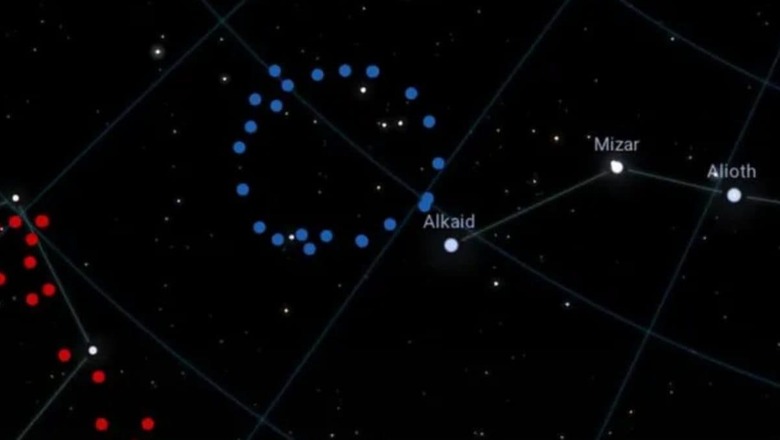Big Ring: Scientists Find Mega Ring of Galaxies Which Could Change Our Understanding of the Universe

views
Scientists at the UK’s University of Central Lancashire discovered a huge, ring-shaped structure in space which is 1.3 billion light years in diameter and appeared to be roughly 15 times the size of the Moon as seen in the night sky from Earth.
Astronomers have named it the Big Ring and said it is made up of galaxies and galaxy clusters. They told news agency BBC that the finding is so big it challenges how we have perceived and understood the universe.
The cluster cannot be seen with the naked eye as it is really distant and astronomers took a lot of time and computing power to identify all the galaxies that form the bigger structure.
Why Does It Challenge Understanding of The Universe
The cosmological principle, a guiding principle in astronomy, states that large structures like the one discovered should not exist and that all matter is smooth spread across the universe.
The report by the BBC citing the astronomers further explained that even though large planets, stars and galaxies appears like “huge clumps of matter” to us, they are insignificant when seen in context of the size of the universe and the theory states that much bigger patches of matter should not form.
“This is the seventh large structure discovered in the universe that contradicts the idea that the cosmos is smooth on the largest scales. If these structures are real, then it’s definitely food for thought for cosmologists and the accepted thinking on how the universe has evolved over time,” Dr Robert Massey, deputy director of the Royal Astronomical Society, was quoted as saying by the BBC.
According to Dr Massey, the evidence supporting a reassessment of a longstanding principle in astronomy is increasing.
Who Identified The Big Ring
The BBC report said that Alexia Lopez, a PhD student at the University of Central Lancashire (UCLan) identified the Big Ring. She also discovered the Giant Arc. The findings were presented at the 243rd meeting of the American Astronomical Society (AAS) in New Orleans.
The Giant Arc is a structure that spans across 3.3 billion light-years of space.
“Neither of these two ultra-large structures is easy to explain in our current understanding of the universe. And their ultra-large sizes, distinctive shapes, and cosmological proximity must surely be telling us something important – but what exactly?” Lopez was quoted as saying by the BBC.
The report also added that the newly discovered Big Ring and the Giant Arc appear relatively close together and are near the constellation of Bootes the Herdsman. Professor Don Pollacco, of the department of physics at the University of Warwick, told the broadcaster that there is a likelihood that the Big Ring and the Giant Arc could be related and be part of an even larger structure.
Lopez says the Big Ring is shaped more like a coil or a corkscrew with its face aligned with Earth.
Other Big Structures in Space
Prior to the Big Ring and the Giant Arc, scientists discovered the Sloan Great Wall, which is around 1.5 billion light-years in length and the South Pole Wall, which spans across 1.4 billion light-years.
The largest till date has been the supercluster of galaxies called the Hercules-Corona Borealis Great Wall, which is about 10 billion light-years wide.




















Comments
0 comment